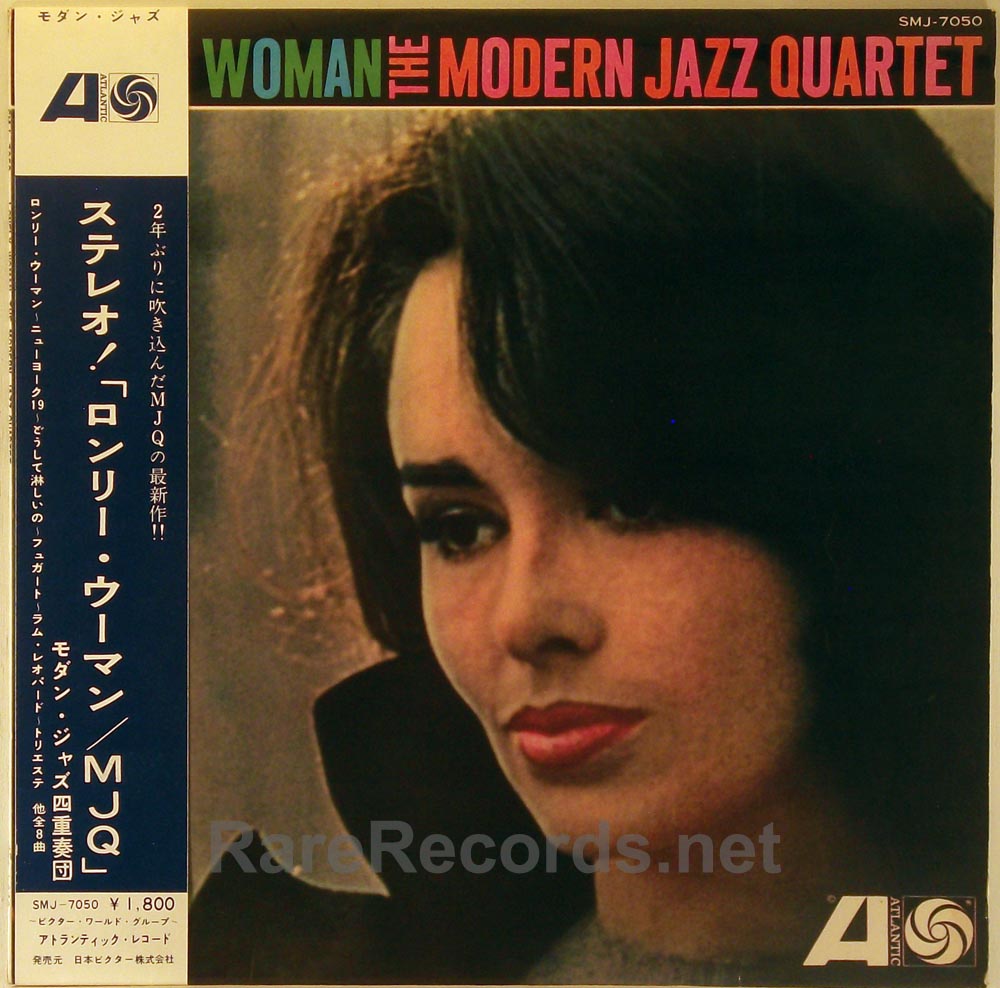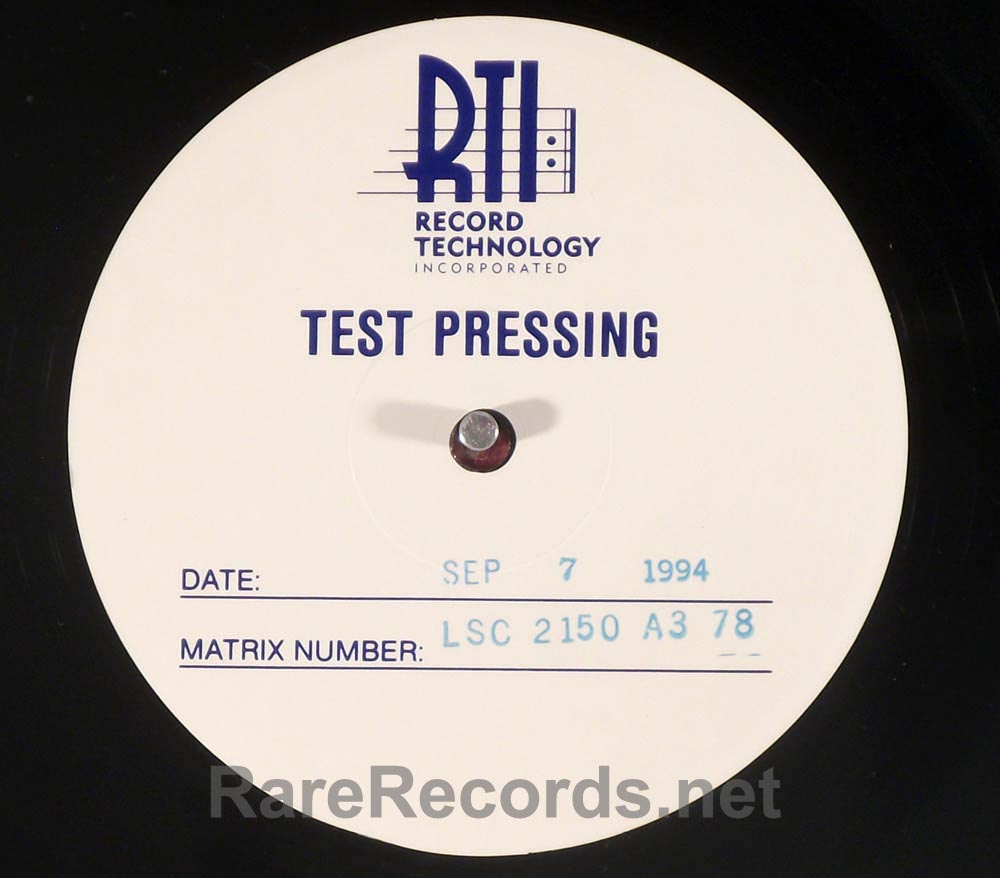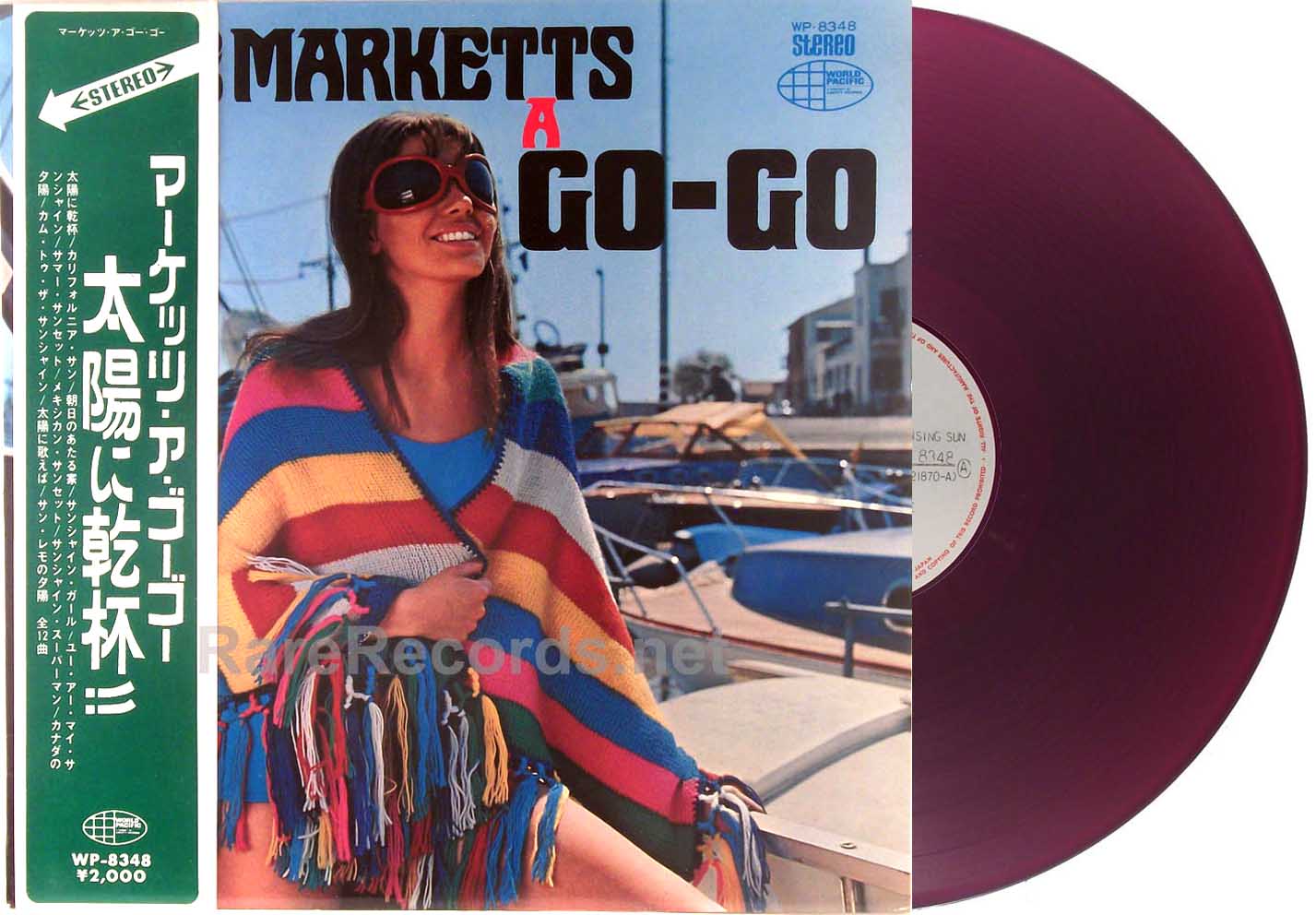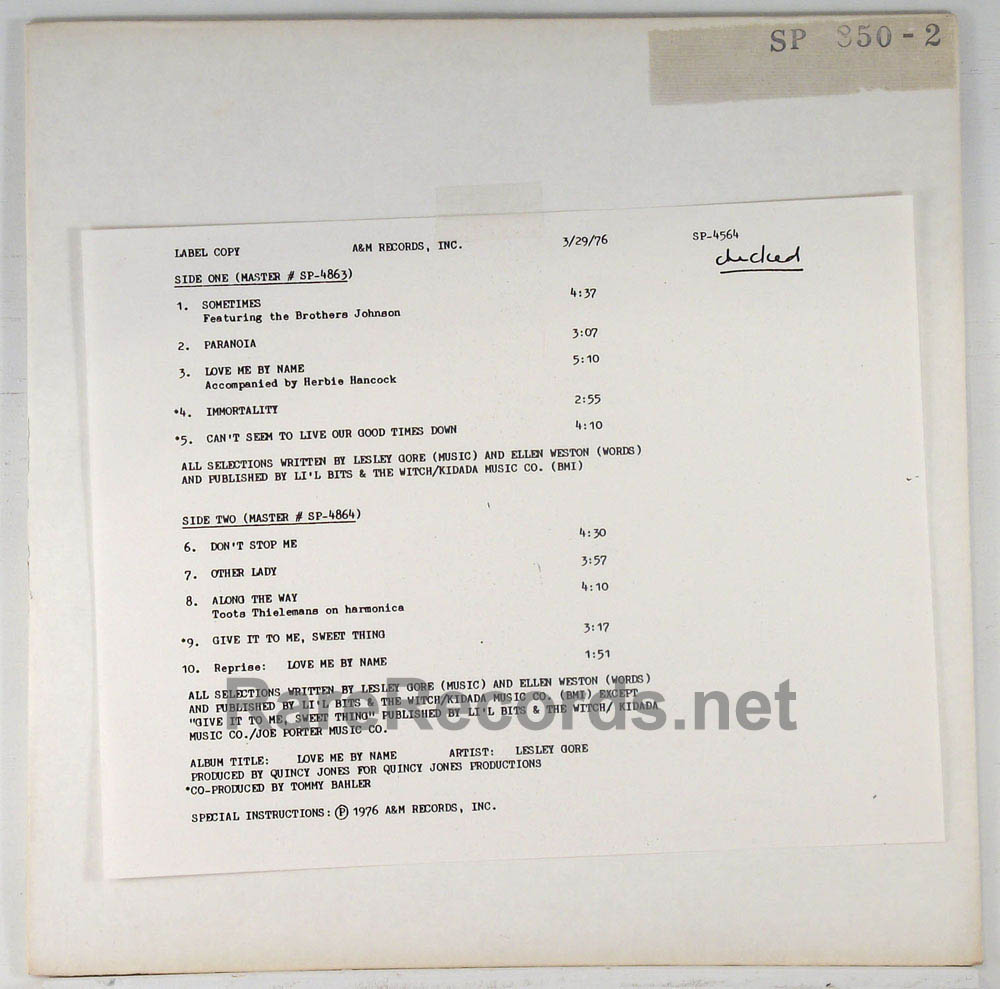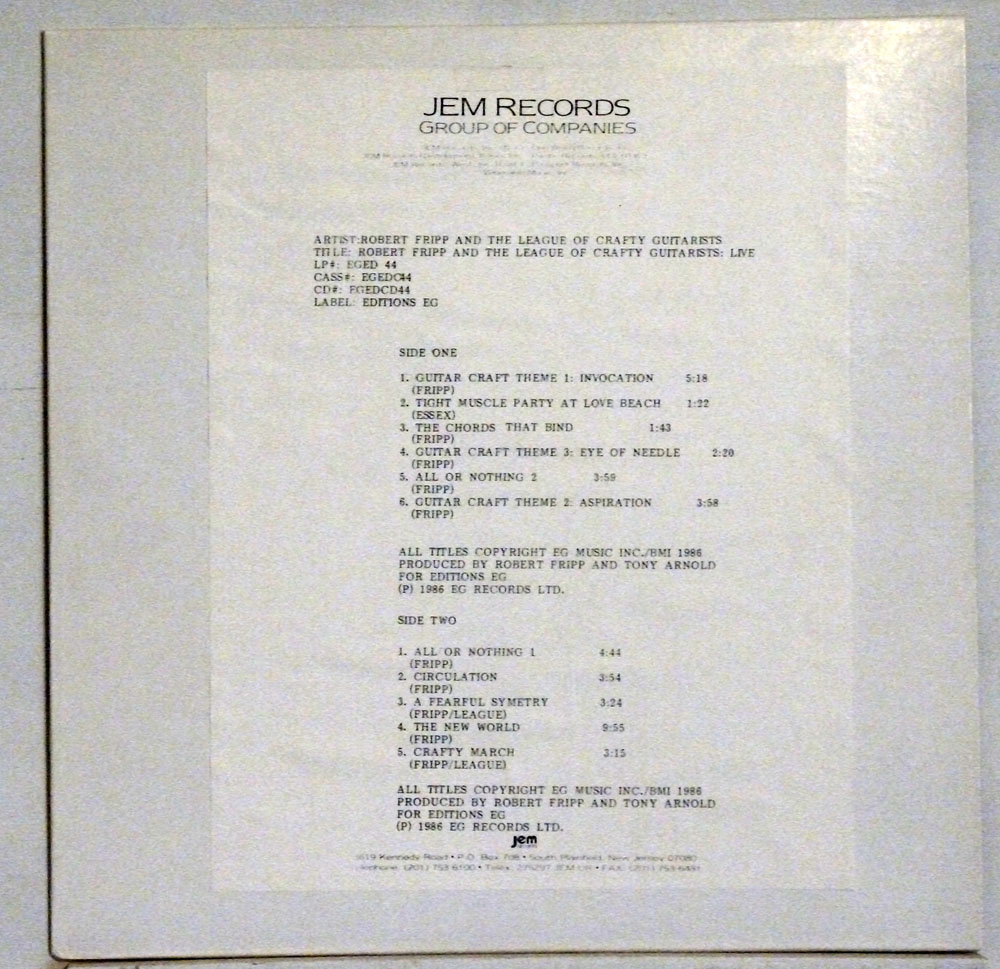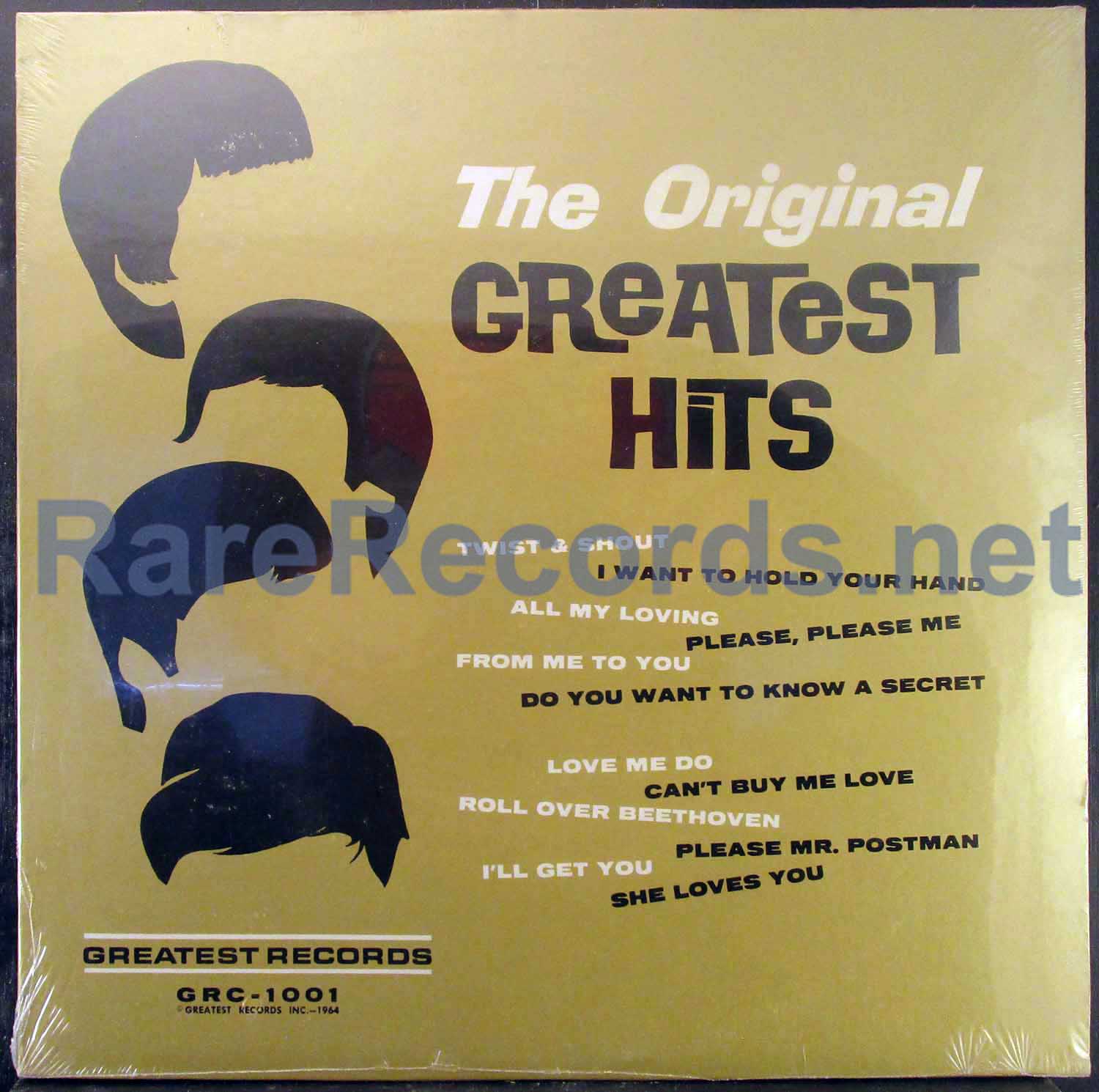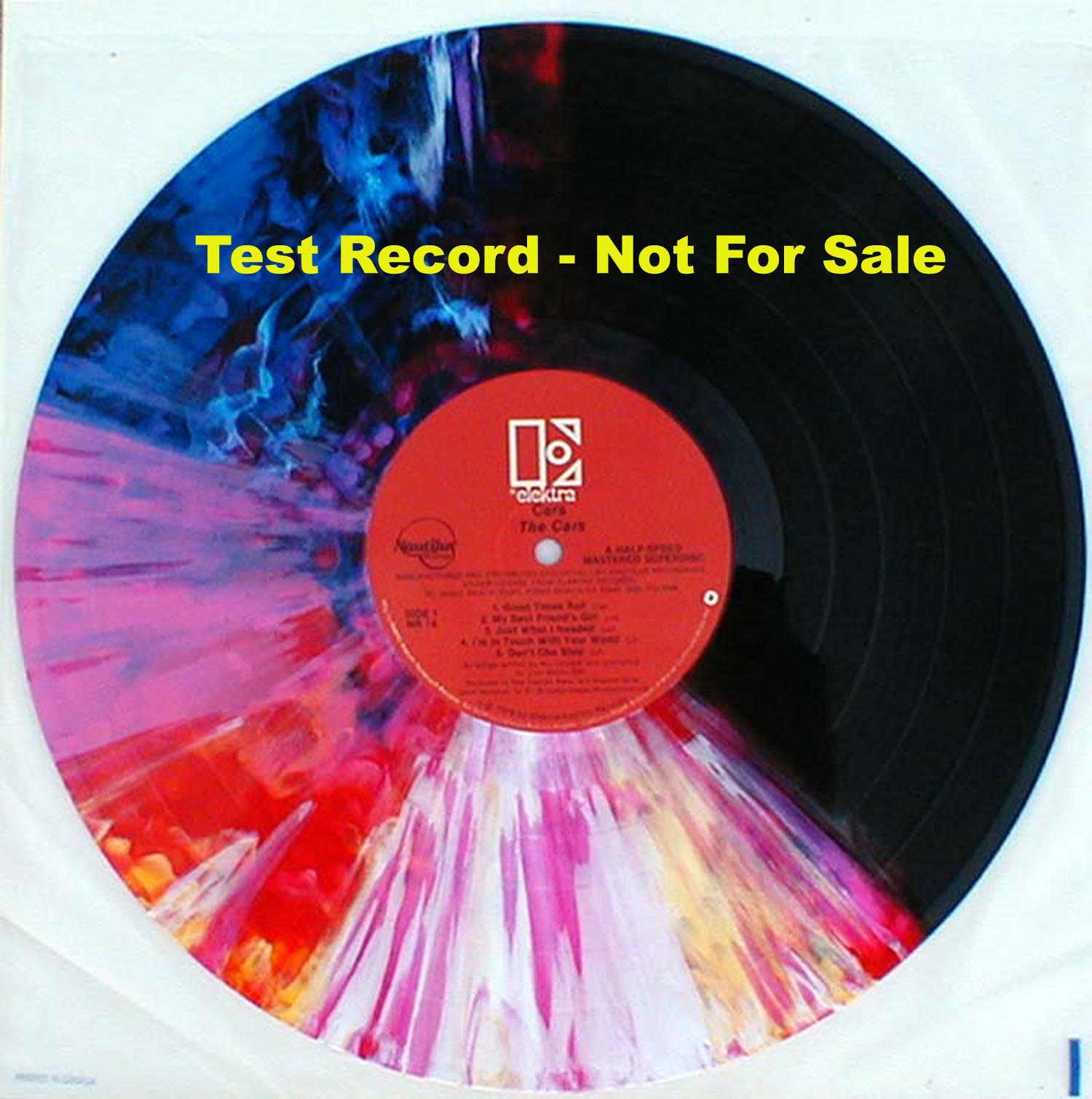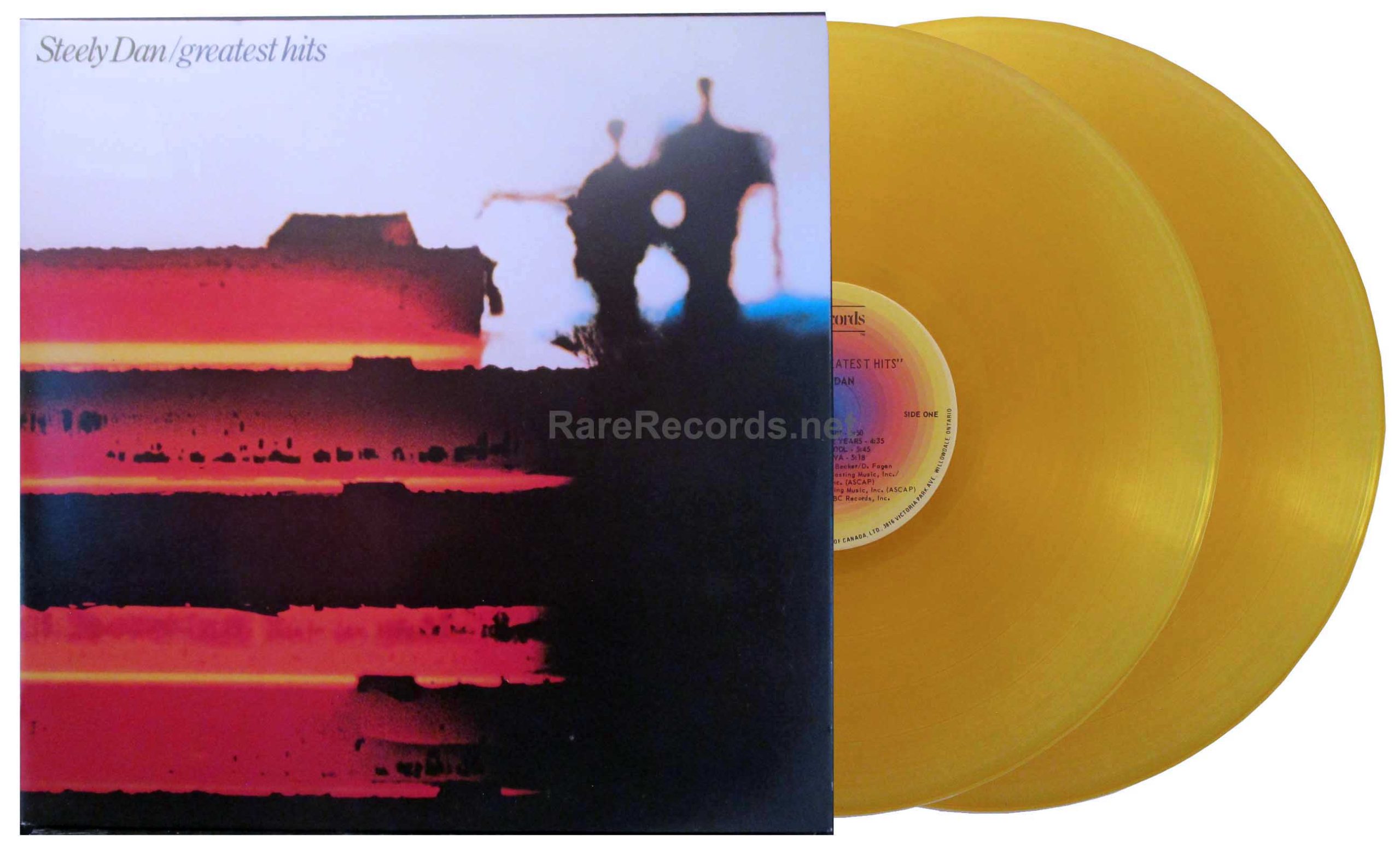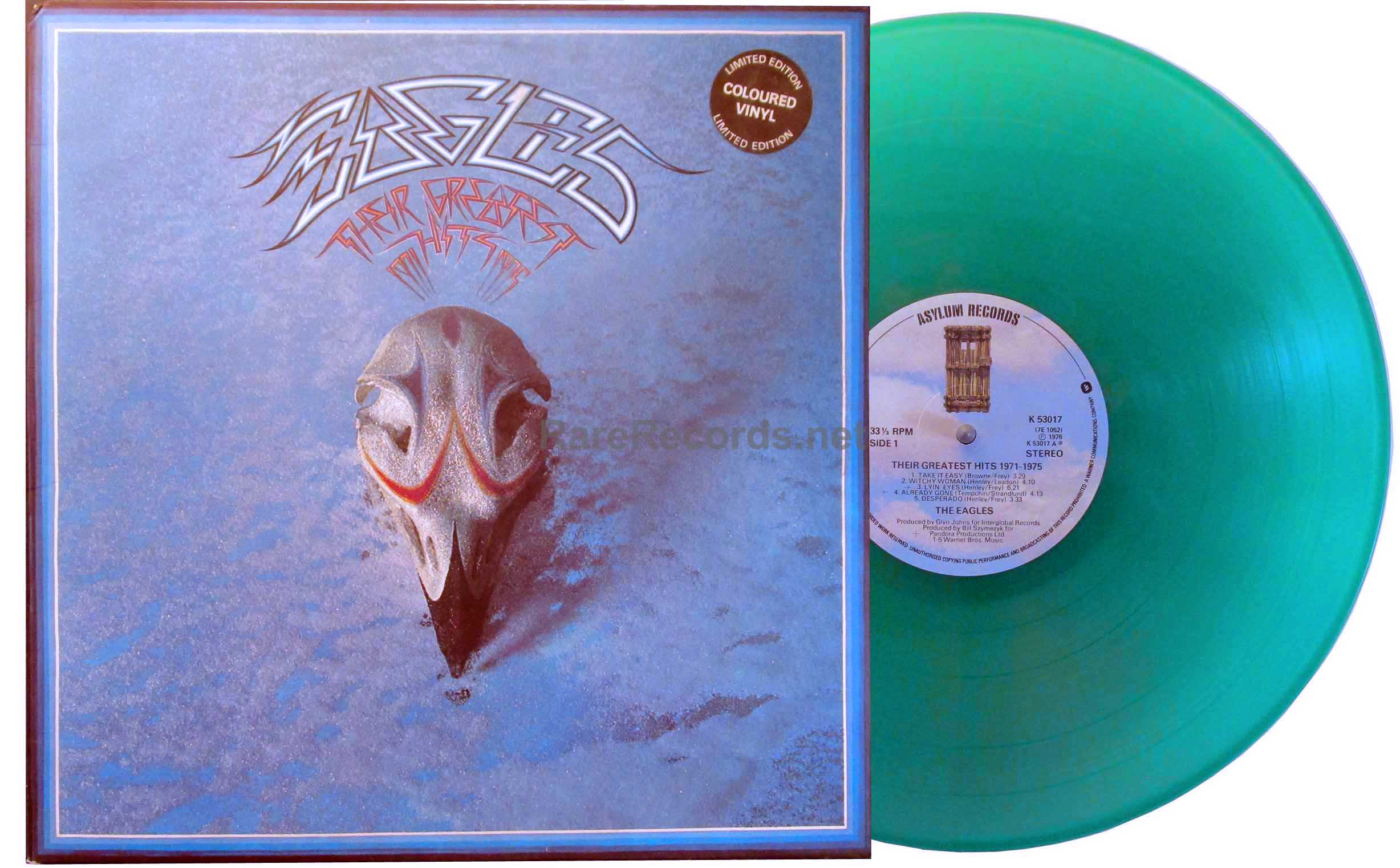Acetates and Test Pressings – What Are They?
![]()
![]()
![]()
![]()
![]()
![]()
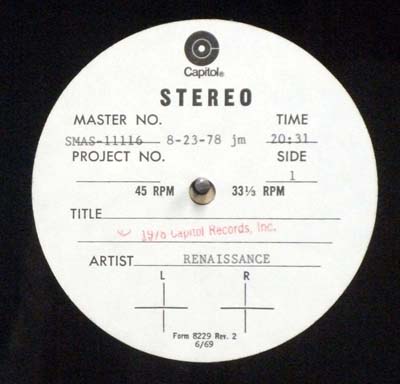 Example of an acetate label[/caption]
Example of an acetate label[/caption]
Most record collectors, like any other buyers of phonograph records, are primarily interested in commercial releases; that is, copies of records that were manufactured with the intention that they be sold at retail to the public. These are the kinds of records that are likely to comprise the bulk of anyone’s record collections
Serious collectors are usually interested in owning just about anything and everything produced by artists that they admire, and unusual items such as acetate pressings (also known as “acetates” or “lacquers”) or test pressings. These are records or components of record production that were manufactured not for sale, but to evaluate the process of making the commercial record itself.
As both acetates and test pressings are fairly rare, they tend to command a lot of interest in the collector market. While such pressings by any artist are rare, there is generally a lot of interest in acetates and test pressings by artists who are themselves popular with collectors, such as the Beatles, the Rolling Stones, Bob Dylan and so on.
In this article, we’ll discuss the nature of acetates and test pressings, how they are made, why they are made, and what makes them of interest to collectors.
Browse by Category
Click any of the links below to jump to each category:
Acetates and Lacquers
Uses for Acetates
Collector Interest in Acetates
Counterfeit Acetates
Test Pressings
Collector Interest in Test Pressings
Counterfeit Test Pressings
Conclusion
Featured Products
-
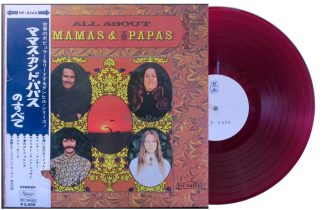
Mamas and the Papas – All About… Japan red vinyl test pressing LP with obi
$295.00Free U.S. shipping! An original red vinyl Japanese test pressing of All About the Mamas & the Papas by the Mamas and the Papas, including the original obi.Add to cart -
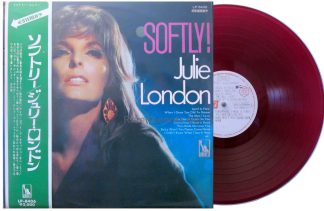
Julie London – Softly! Japan red vinyl test pressing LP with obi
$495.00Free U.S. shipping! An original red vinyl Japanese test pressing of the 1968 LP Softly! by Julie London, including the original obi.Add to cart -
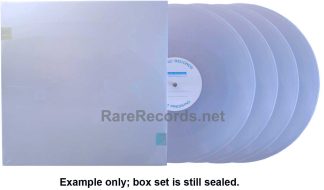
Crosby, Stills, Nash & Young – Deja Vu 2010 sealed U.S. Classic Records unreleased 45 RPM test pressing box #1/100!
$2,495.00Free U.S. shipping! A still sealed U.S. test pressing of the unreleased 45 RPM 4 LP Clarity vinyl box set of Deja Vu by Crosby, Stills, Nash & Young.Add to cart
Click here to see our selection of acetates
Click here to see our selection of test pressings
While acetate pressings are usually referred to by record sellers and collectors as “acetates,” the term used to describe them within the industry is “lacquers.” That term makes more sense, as there isn’t any acetate used in the production of these records. For purposes of this article, however, we’ll call them “acetates,” as that’s the popular term used in the record collecting world.
Acetates represent the first step in the physical manufacture of a record, be it a single or an album. While acetates are technically “records” in the sense that they can be played on a turntable or phonograph, they are not pressed out of plastic using mechanical stampers, as are commercial records.
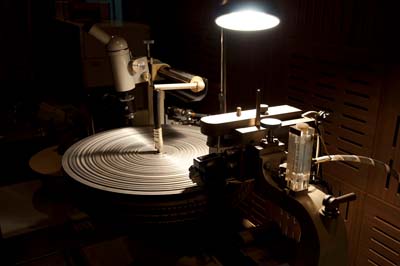
Instead, acetates are individually created using a cutting lathe, which is a device that loosely resembles a turntable. Acetates are lacquer-coated aluminum discs that are entirely smooth when first manufactured. They are “cut” by placing them on a cutting lathe that has a signal fed to the cutting head from either a live audio source or a performance recorded on magnetic tape. As the music plays, the cutting head cuts a groove in the soft lacquer surface.
The lacquer-coated disc rotates while the music plays, and the recording engineer controls the lathe, which must be periodically adjusted to compensate for changes in volume during the performance and to allow for gaps in between tracks.
In the early days of recording, music was played live in the studio and recorded directly to acetate discs. Since the 1940s, most performances are recorded first to magnetic tape and then transferred to acetates at the convenience of the record company.
Once the cutting process is complete, the disc is playable on any turntable to evaluate the performance, if necessary. Due to the softness of the lacquer coating, acetates are not particularly durable and will wear out and become noisy with repeated play. Acetates that are used for evaluation purposes are not generally used for production. Other discs will be cut for that purpose and then will be nickel-plated as part of the process to produce the stampers that will be used to make test pressings and later, records for sale to the public.
Acetates are made for two purposes – to evaluate a recording and its suitability for pressing records and to use in the production of the finished product itself. For production, an acetate is first nickel plated and the plating is removed to create a negative image known as a father.
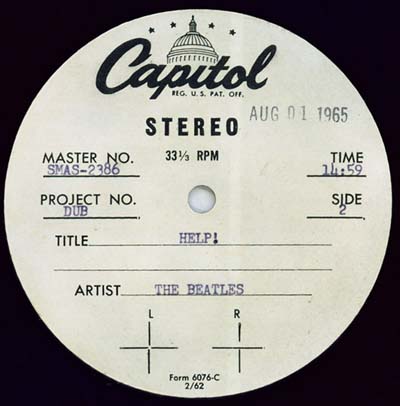
This process can be repeated by plating the father to produce a positive image known as a mother. The mother can be duplicated to create stampers. Typically, a father can be used to create about ten mothers and each mother can create ten stampers. A stamper can be used to press anywhere from 300-1000 finished records.
If all of the mothers and stampers are exhausted due to high production, another acetate must be cut and the process repeated.
Acetates are considerably heavier than records of a comparable size and usually weigh two to three times as much. While most acetates do have a label, these are generally generic labels with blank lines intended to be filled in by hand. Information found on the labels of acetate pressings usually consist of the name of the artist, the title(s) of the song(s) and perhaps the date the disc was cut and the timing of the song(s) on the disc.
Lacquer-coated blanks used to cut acetates used to have more than one hole near the center. One was the usual centering hole for the cutting lathe and/or turntable spindle; the other was a drive hole that fit a pin on the lathe to ensure that the disc wouldn’t slip on the lathe. More modern cutting lathes use a vacuum pump to hold the disc in place, making the drive hole unnecessary.
On rare occasions, there is a third purpose for acetates – sometimes, when a record company is in a hurry to get their album or single to radio stations, they will send acetates directly to radio. These are usually supplemented with regular vinyl pressings as soon as it can be arranged, as acetates are entirely unsuited to repeated play, as might be warranted by having them played on the radio.
Collector Interest in Acetates
What is the appeal of lacquers and acetates to collectors? There are a few reasons that collectors might be interested in owning acetates by the artists whom they collect:
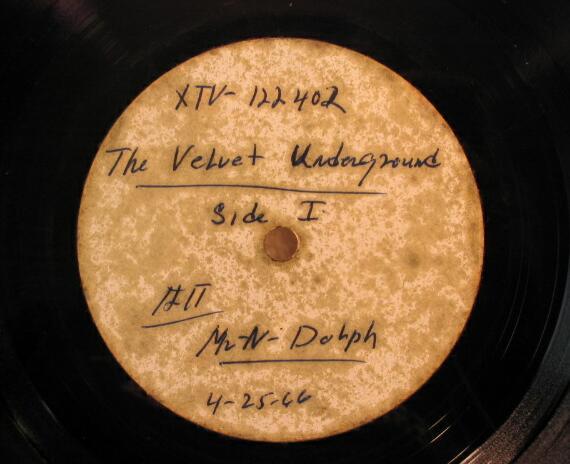
They’re rare. Obviously, as acetates must be cut on a lathe, one at a time, they are going to be extremely limited in production. In general, there are probably fewer than a half dozen acetates cut of any single or album title. Most will be used for record production, and the process of plating them to produce a father destroys them.
A few others will be used for evaluation or promotional purposes, though it’s relatively rare for acetates to find their way out of the hands of record company personnel and into the public market. Their rarity alone makes them desirable. A popular album may sell in the millions, but only a couple of people are likely to ever have the opportunity to own an acetate copy of that album.
Good sound – Acetates sound terrific. While acetates are not suitable for repeated play on a turntable, they are playable and they usually sound better than the finished records sold at retail. Acetates are cut directly from the tape, where records are made from stampers that are made using multiple plating processes. Each step on the process to create a stamper creates a slight loss in quality, so acetates that haven’t been worn out from too much play will almost always sound better than finished records.
Unique content – Sometimes, artists have acetates prepared of songs just to hear how they sound as a record, though they may not have any intention of releasing them commercially. These may be working versions of songs that are later changed before release or songs that aren’t intended to be released at all.
On other occasions, acetates may be cut of “working” versions of albums, where the order of the songs may not be final. In other cases, one or more songs may appear on an acetate made early in the production process of an album but the final version of that album may not include them, making the acetate a rare collectible. We recently saw an acetate of the 1977 album The Beatles at the Hollywood Bowl that was a working version of the album that contained two songs that were not on the finished LP. Those two songs have never been commercially released, making that particular acetate a desirable Beatles rarity.
About two years ago, someone found a box containing nearly 150 Bob Dylan acetates in a building in New York. Many of these acetates contained unreleased songs and/or different versions of songs from the versions that have been commercially released. Several of these discs have been sold publicly at prices in the several-thousand-dollar range.
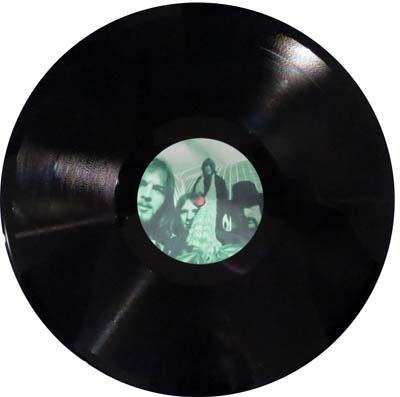
A few bootleg albums have been released in acetate form over the years, simply as a gimmick. The only titles we have seen like this originated in Japan, usually in limited editions of no more than twenty five copies. As producing discs one at at time is both expensive and labor intensive, product of bootleg acetates as a commercial product is not a very common practice.
Prices for acetates can vary widely, depending on the artist and the content. Obviously, the more collectible the artist, the greater the interest from the collecting community. While all acetates are rare, collectors will be more interested in (and pay higher prices for) examples that feature unreleased material or versions of songs that are not otherwise available.
An acetate of an album by an artist that isn’t particularly collectible might sell for $10 or even less. On the other hand, an acetate containing unreleased material by a well-known artist might sell for thousands of dollars. About ten years ago, an acetate containing rough versions of the material that became the first album by the Velvet Underground sold for more than $25,000. That material has since been released commercially.
An acetate of Elvis Presley’s first recording sold for $300,000 in 2015 to musician Jack White of White Stripes fame.
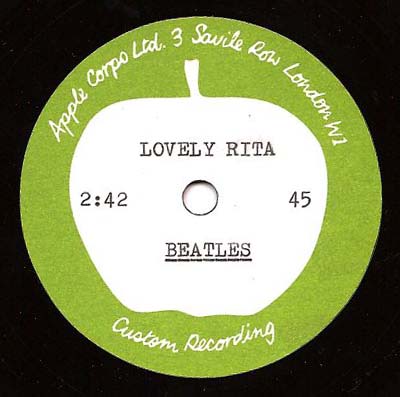
Unfortunately, in the collecting world, nearly anything of value has been counterfeited, and that includes test pressings and acetates. They’re rare, they’re in demand, and they can sell for a lot of money, and that has led unscrupulous individuals to create acetates that appear to be original, record company-produced products but are actually homemade items that have no inherent value.
While counterfeit acetates exist for a number of artists, the most common artist represented by these discs is the Beatles. Many of these fake discs have labels that say either “EMIDISC” or have a representation of the Beatles’ own Apple label.
Since legitimate Beatles acetates turn up infrequently, few potential buyers have enough experience to be able to determine if an item offered for sale is a legitimate item or a counterfeit.
Many of these counterfeits have been artificially aged to give them a look of authenticity, and a number of them have sold for three and four figure prices at auction. The best advice we can offer to potential buyer is to know your seller and to get a guarantee when you make your purchase.
Test Pressings
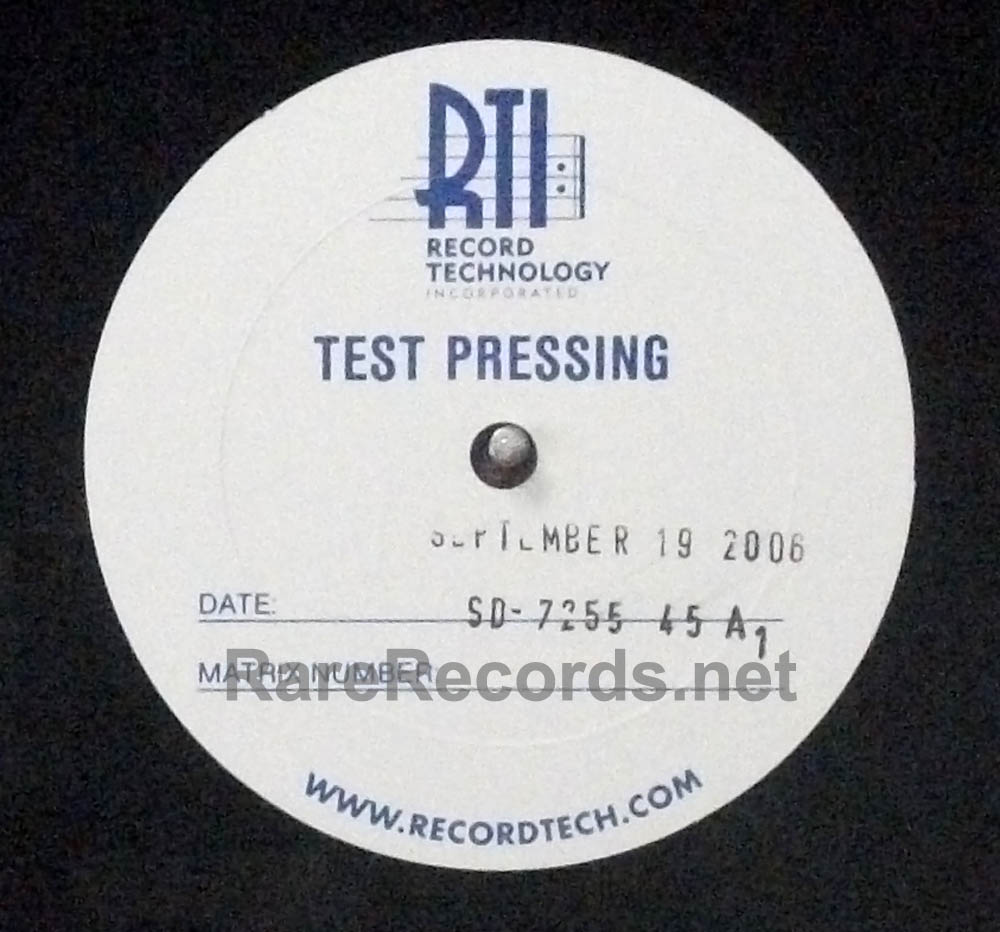
Along with acetates, collector also have a lot of interest in records known as test pressings. It’s not a clever name; a test pressing is exactly what the name suggests – a record manufactured for the express purpose of evaluating the finished product.
Test pressings might be manufactured for the purpose of listening to material that is being considered for commercial release or they might be made as a test of production stampers for a finished commercial record.
Unlike acetates, test pressings are vinyl records pressed from stampers and are physically virtually identical to commercially available records. The only difference is that test pressings usually have custom labels similar to those found on acetates. These labels might have the words “test pressing” pre-printed on them and may include blank lines that can be filled in by hand to indicate the name of the artist, the title of the album, the catalog number and perhaps the date of manufacture.
Like acetates, test pressings are occasionally sent out to radio stations for promotional use if the production discs aren’t yet ready, but most of the time, they’re simply used to evaluate the finished product. This would include making sure that the record contains the correct and intended versions of the songs on it, that the sound quality is acceptable and that the playing order is correct.
Test pressings are usually found without printed covers. They are usually packaged in plain white covers. Often they will be accompanied by a “label copy sheet,” which is a sheet of paper that contains the information that would ordinarily be printed on the label of a finished album – the album title and catalog number, the name of the artist, song titles and running times, the name of the record company and publishing information for the songs themselves.
Collector Interest in Test Pressings
Collectors like test pressings for many of the same reasons that they like acetates. While they are made further along in the manufacturing process than acetates, test pressings are usually the first discs made from production stampers, so they will likely sound better than commercially available, or “stock” copies of the records sold in stores.
Scarcity – Test pressings, like acetates, are also relatively rare. While acetates may be unique or limited to just a couple of discs, test pressings are usually manufactured in larger, though still limited, quantities. Unless test pressings are made to be issued as promotional copies, they are generally limited to no more than twenty copies, though the number of discs manufactured can vary widely.
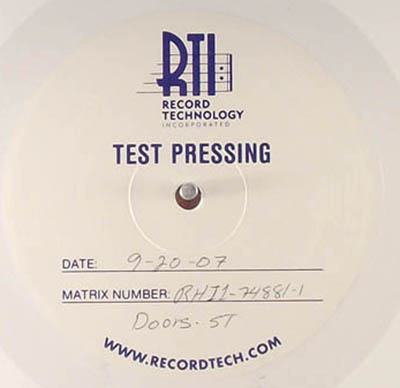
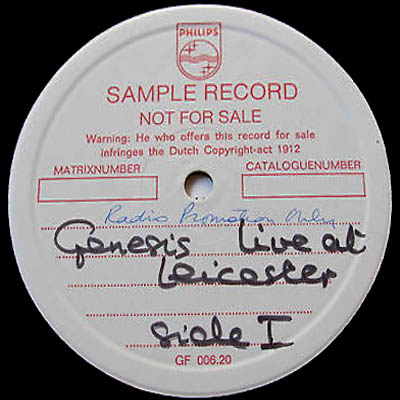
Alternate or unreleased material – Like acetates, test pressings sometimes contain either unreleased material or songs that are different in some way from the commercially available versions of that particular album. The 1972 Beach Boys album Holland was originally intended to include a song called “We Got Love,” but the record company was unhappy with the song selection. The group recorded a song called “Sail On, Sailor” that was used in the place of “We Got Love” on the commercial release. A few test pressings of the earlier version exist and are of great interest to Beach Boys collectors.
A few test pressings of Bob Dylan’s 1975 LP Blood on the Tracks exist with different songs from the released version. The album was close to its release date when Dylan decided to rerecord a large portion of the album. Reportedly, only five copies of the test pressing of the original recording are known to exist. One of them recently sold for $12,000.
Test pressings of Bruce Springsteen’s 1975 album Born to Run were sent to radio stations in a printed gatefold cover that was blank on the inside and which featured the name of the artist and the title of the album in a font that looked like handwriting, rather than the block print used on the final version. Several hundred of these “script cover” test pressings were sent out to radio stations and are quite sought after today, usually selling for upwards of $1500 when they’re offered for sale.
The first live album by Genesis, 1974’s Genesis Live, was briefly intended to be a two record set but was ultimately released as a single album. A few test pressings of the two record set were made in the Netherlands. This set includes material that has otherwise never been released, and the few copies that have turned up over the years have sold for as much as $4000 at auction.
The audiophile label Mobile Fidelity Sound Labs released eight titles in the early 1980s as Ultra High Quality Recordings, or UHQR, as they are known. These titles were made using a then-uncommon heavy-weight 200 gram vinyl pressed with a special “flat” profile that the company did not use for their regular pressings. All eight titles were limited to 5000 copies for commercial sale. The company also made test pressings of a handful of titles that they were considering releasing in the UHQR format, but which they ultimately decided not to release.
These titles included all thirteen of the UK Beatles albums, along with A Trick of the Tail by Genesis, Rickie Lee Jones’s first album, and The Grand Illusion by Styx, among others. These rarely-seen test pressings usually sell for upwards of $1000 each on the rare occasions when they are offered for sale.
Unreleased albums – Occasionally, artists will complete an album with the intention of commercial release, only to have the release canceled for any one of a number of reasons. These unreleased albums usually exist in the form of test pressings, and sometimes they turn up for sale.
One good example would be Läther, by Frank Zappa. The album, intended as a four-record set, was recorded in 1977. Zappa’s record company rejected the finished album, though test pressings exist. The album was finally released officially in 1996.
Another unreleased Zappa album, Crush All Boxes, was intended for release in 1980, but was scrapped in favor of releasing You Are What You Is instead. At least one test pressing is known to exist of that title.
While counterfeit acetates are fairly common, counterfeit test pressings are not. We have seen a few examples over the years, including the original version of Bob Dylan’s Blood on the Tracks. The most common counterfeit test pressings would be for titles that were otherwise unreleased. Buyers should exercise due diligence when considering a purchase, but as a rule, counterfeit test pressings are relatively uncommon.
The nice thing about test pressings is that they are physically no different from a commercially available album, which means that they can be played as often as any other record. Most collectors don’t buy them to play them, however; instead they tend to buy them as a collectible item in addition to the regular version of the album.
Acetates and Test Pressings Conclusion
While acetates and test pressings could hardly be regarded as something that every collector might find essential, they are unusual and interesting items to add to one’s collection. They’re relatively rare, they usually offer superior sound, and they occasionally offer access to material that otherwise might not be commercially available.
Click here to see our selection of acetates
Click here to see our selection of test pressings
